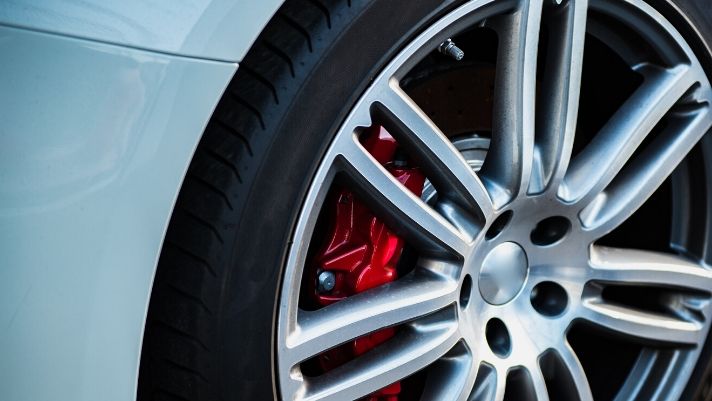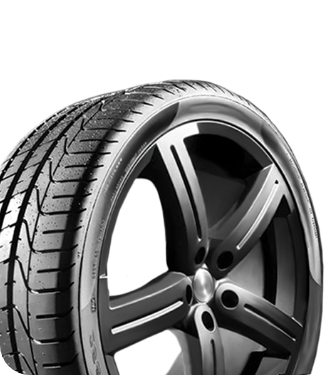

The Difference Between Two-Wheel and Four-Wheel Drive
Misc. |Two-wheel and four-wheel drive are somewhat intuitive automotive concepts. It makes sense that the engine turns two wheels in a two-wheel-drive vehicle and four in a four-wheel-drive car. That said, the uses for these two drivetrains are not immediately obvious, and each carries costs and benefits. To understand the difference between two-wheel and four-wheel drive, read our brief guide.
Two-Wheel Drive
There are two versions of two-wheel drive as opposed to one manifestation of four-wheel drive.
Front-Wheel Drive
Most cars on the road have front-wheel drive, which is two-wheel drive that provides engine force to the front two wheels. Front-wheel vehicles are more cost-efficient to produce because the engine and transmission are each in the front of the car. For car owners, the overall lower weight than rear-wheel vehicles translates to higher fuel economy. Because the front drivetrain pulls rather than pushes, these cars also fare well in somewhat inclement weather. One downside is that front tires wear quickly because they are responsible for turning and acceleration, meaning you’ll need to rotate and replace these tires quickly.
Rear-Wheel Drive
The front-wheel drive counterpart is rear-wheel drive. Rear-wheel drive, which supplies engine torque to the back two wheels, is not as common. The more common examples of rear-wheel drive include pickup trucks, sports cars, and some SUVs. Rear-wheel torque allows pickup trucks to handle heavy loads and frees up sports cars’ front wheels for handling exclusively. Rear-wheel drive is good in fair conditions, but drivers are susceptible to slipping in wet weather.
Four-Wheel Drive
Some vehicles send torque to all four wheels instead of two. Four-wheel drivetrains’ even torque distribution is ideal for extreme snow, ice, and rain because it maximizes vehicle balance. If you need to drive your four-wheel drive car through considerable snow, you can engage a low-powered setting to get through it. Four-wheel drive has other setting modifications drivers can change as well. Some cars constantly have four-wheel drive engaged, which uses more fuel. To save fuel, others engage four-wheel drive (automatically or manually) when conditions necessitate it. This way, you benefit from the fuel benefits of two-wheel drive and can navigate tough terrain too. Regardless of the differences between two-wheel and four-wheel drive, you’ll need quality tires that last no matter what your car’s drivetrain is. Get in touch with our personable and professional RNR Tire Express team by calling or visiting our Grand Junction Tire Shop and chatting with us in person.




